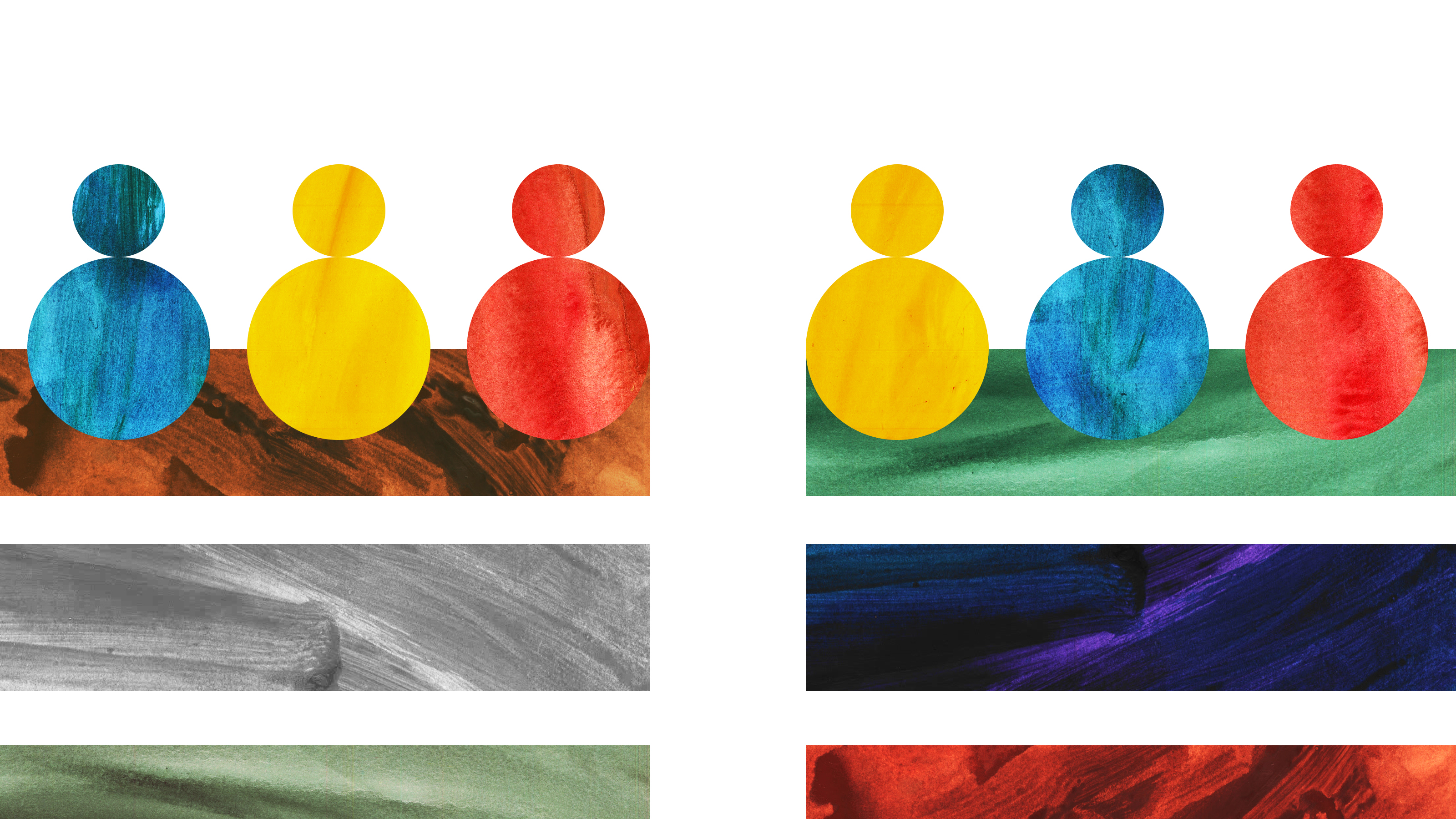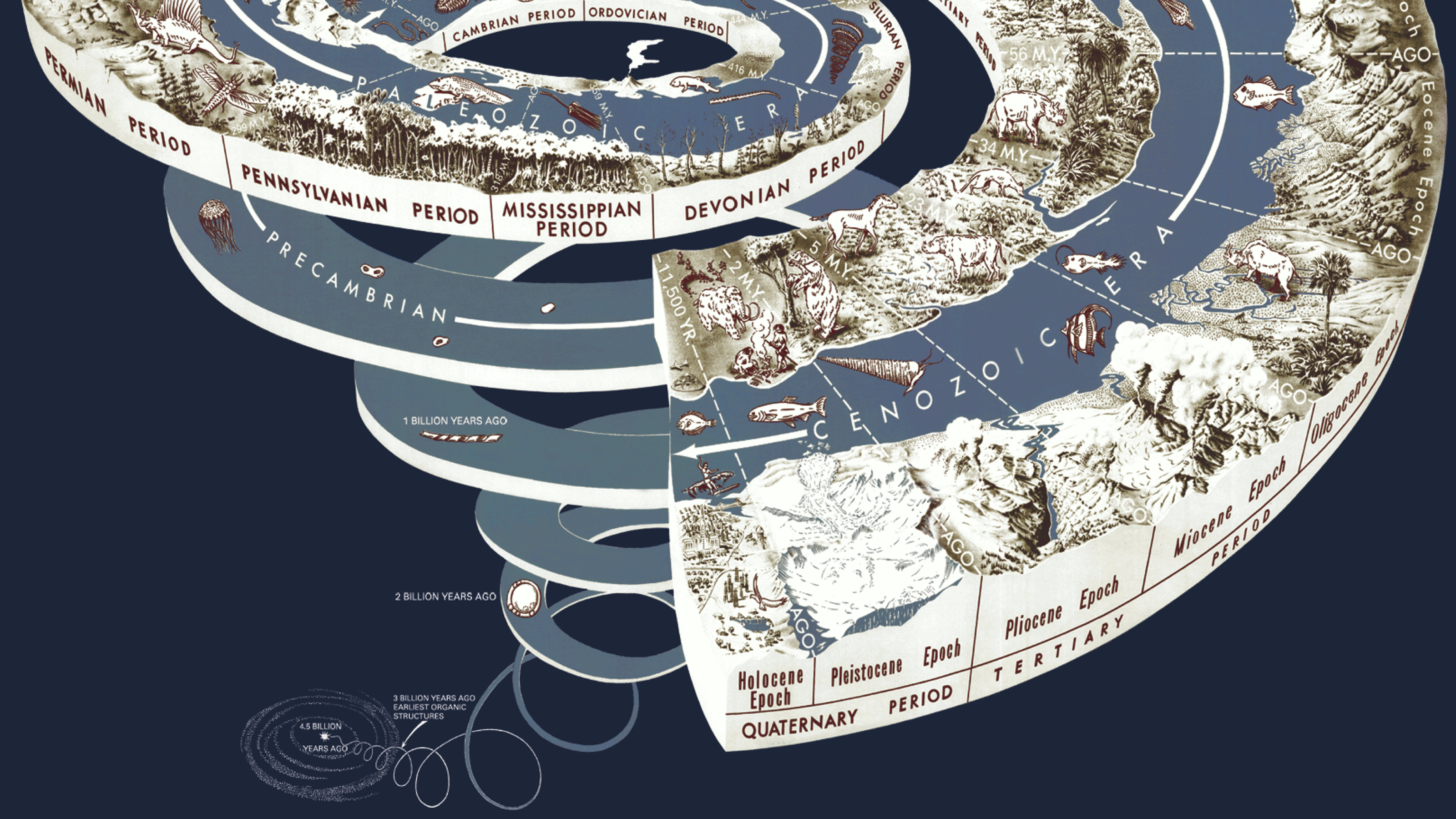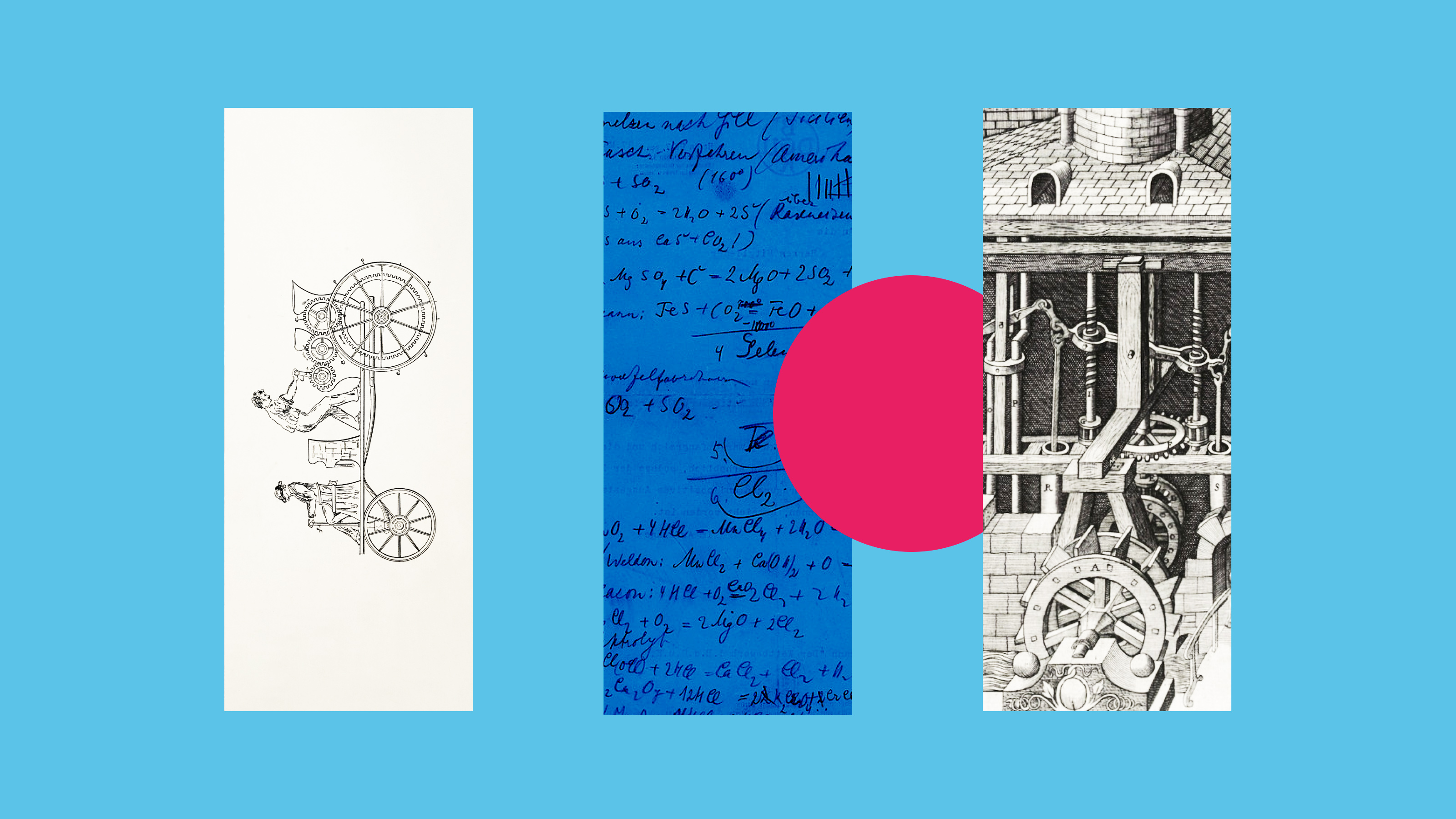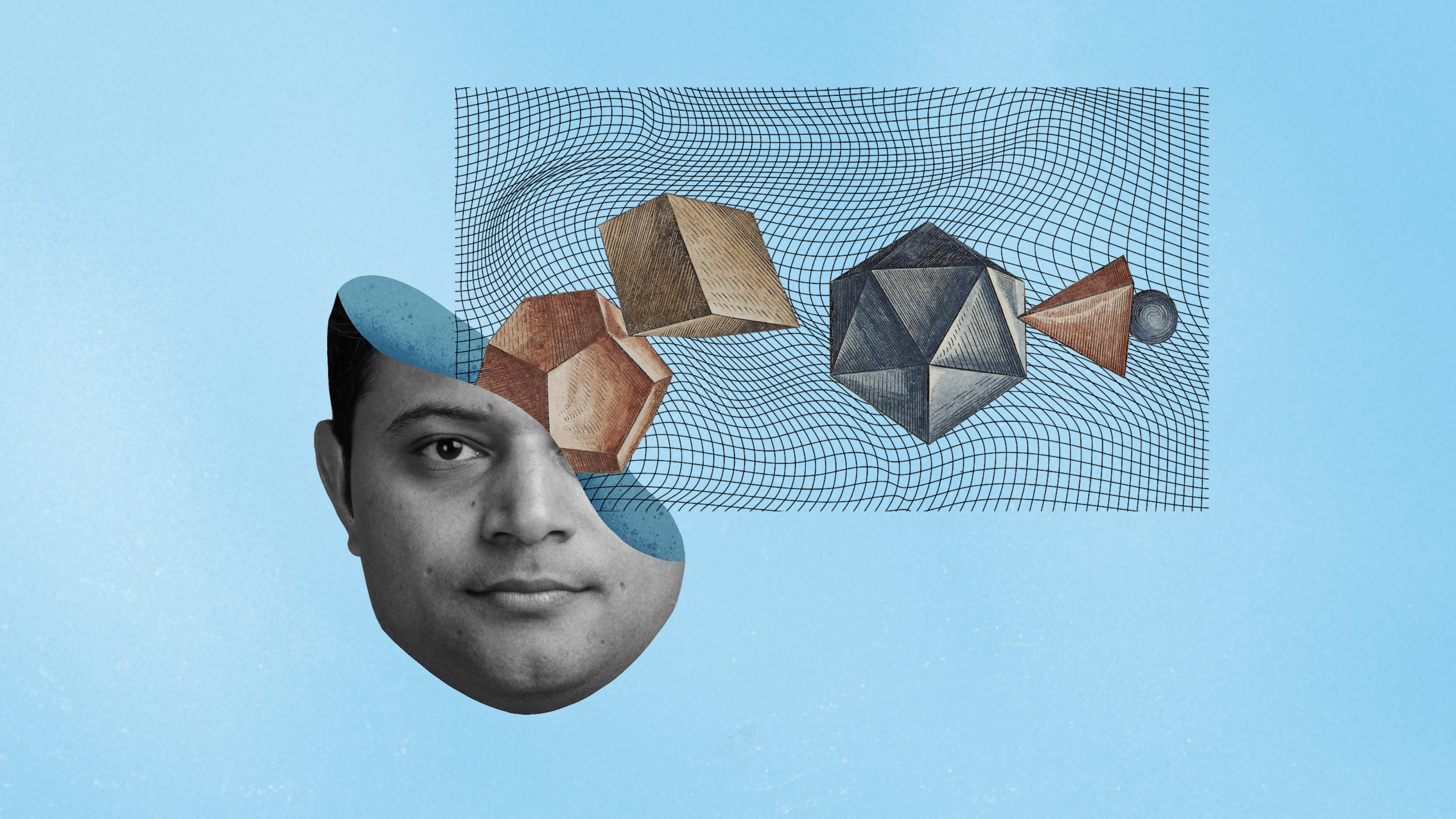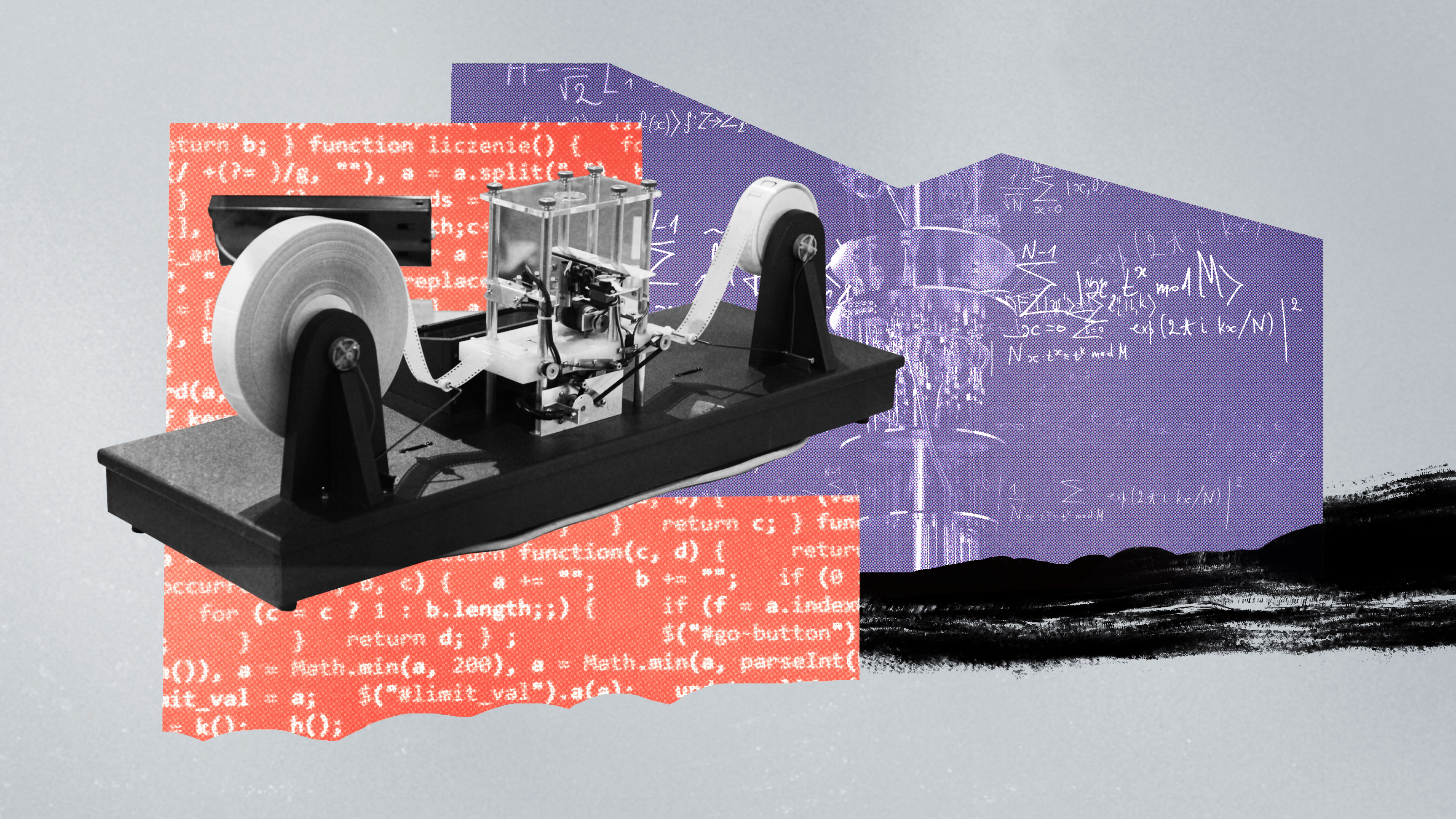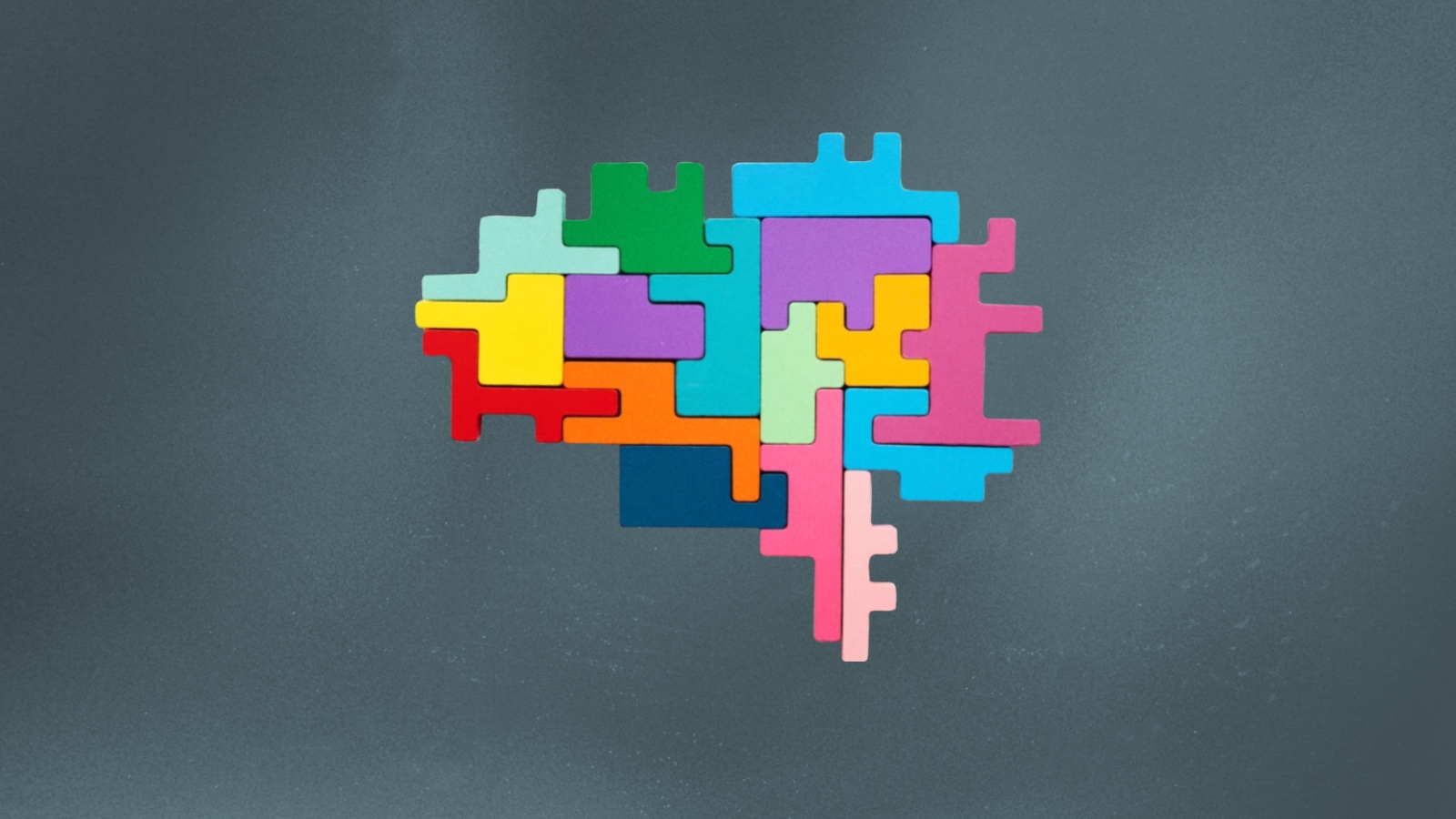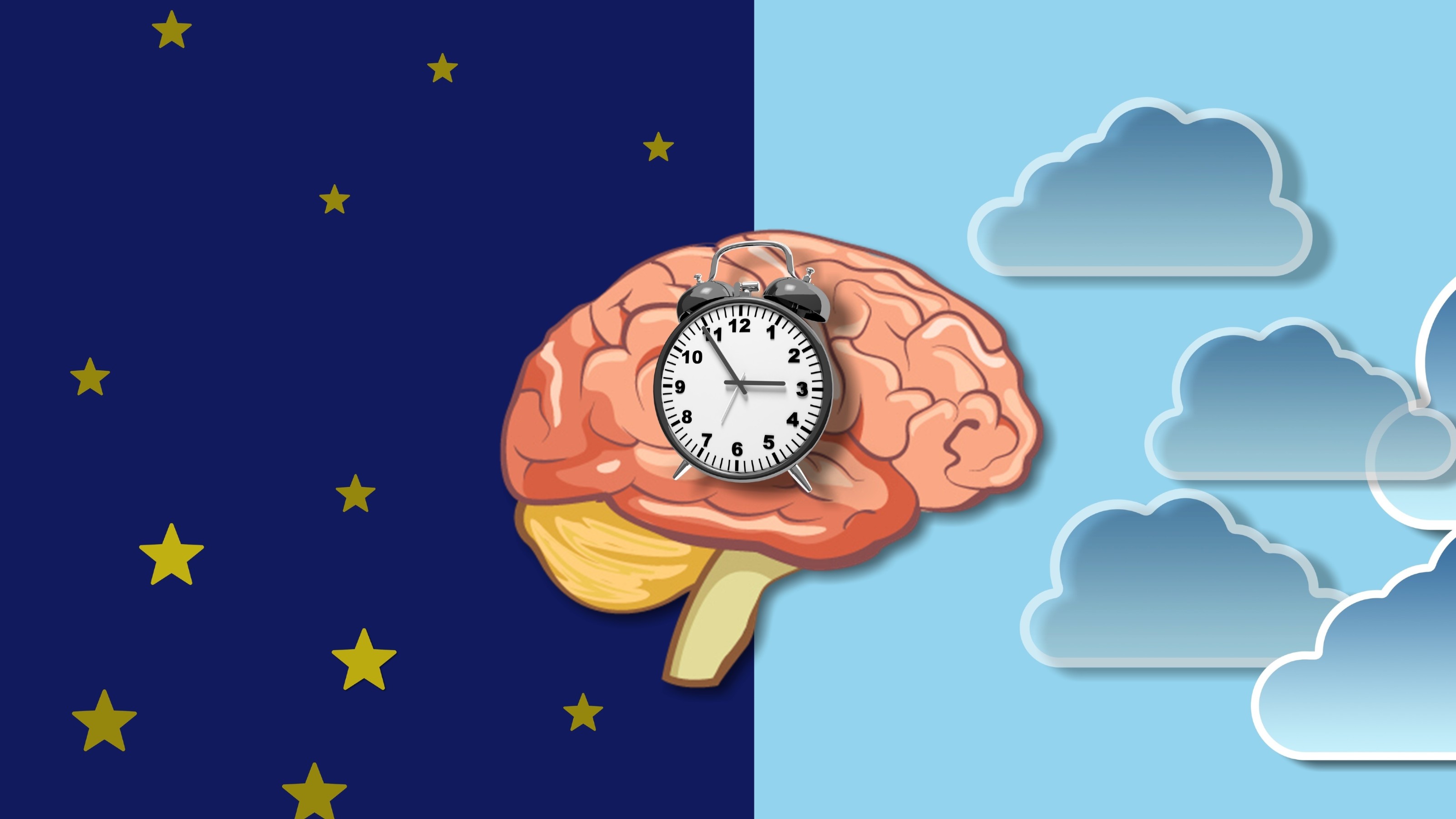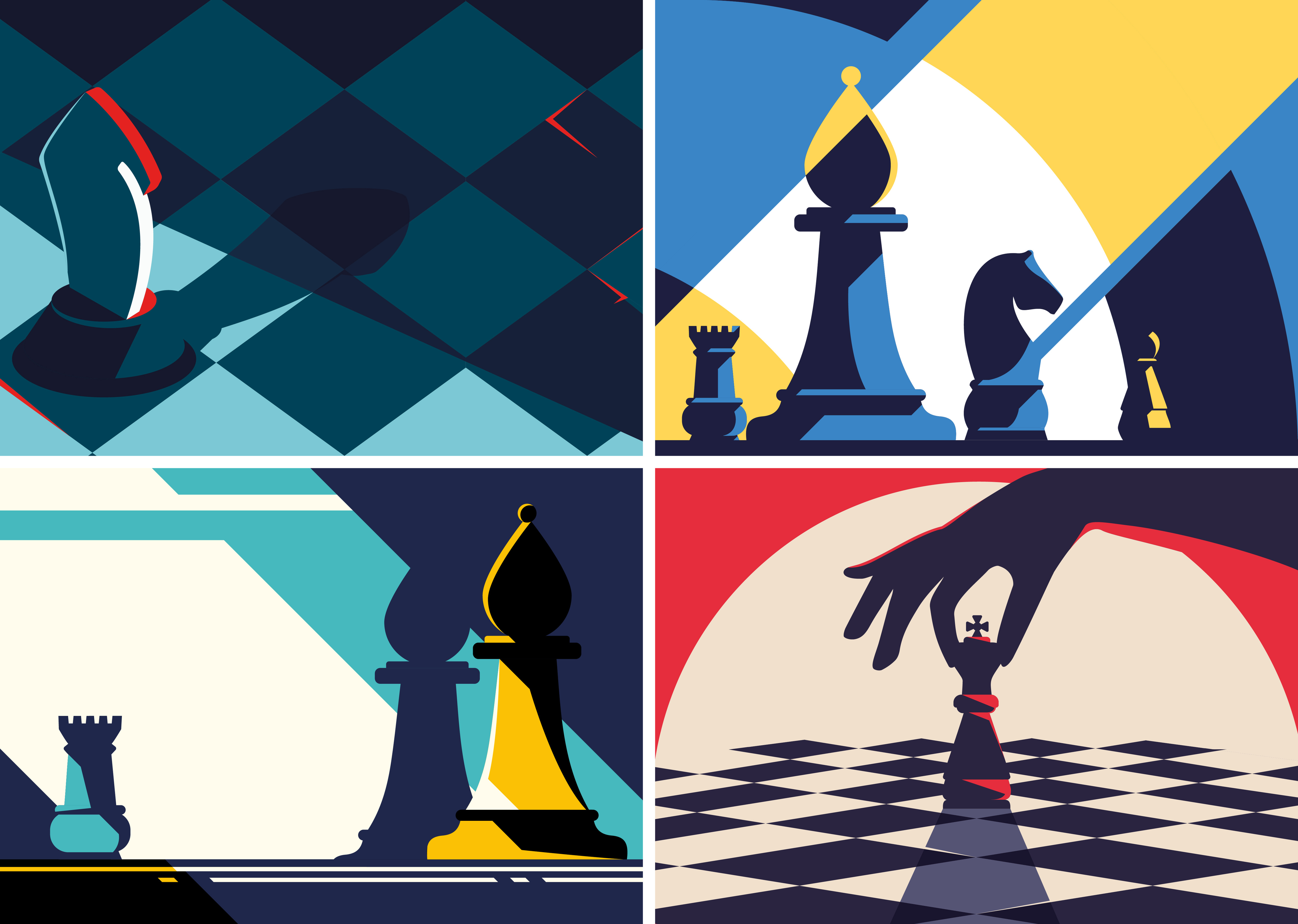problem solving
Without modularization, many epic projects simply would be impossible.
When the going gets tough, nothing beats a wide network of tried-and-true connections.
Humanity can avoid catastrophe — if we look beyond our blinkered present.
The first “running machine” — later known as the bicycle — symbolizes a key design idea.
Only humans can voluntarily conjure new objects and events in our minds.
To do more, it sometimes pays to do nothing at all.
Simple physics makes hauling vast ice chunks thousands of miles fiendishly difficult — but not impossible.
Take a closer look at the different types of reasoning you use every day.
Computers are growing more powerful and more capable, but everything has limits
The right questions are those sparked from the joy of discovery.
Find it easier to sort out your friends’ problems than your own? This paradox is for you.
Solving difficult visual puzzles seems to help the brain “rewire” itself by forming new neural pathways.
A Cambridge Ph.D. student has solved a grammatical problem that has befuddled Sanskrit scholars since the 5th century BC.
For college students, it’s the early afternoon.
Wizbang innovations capture the public’s imagination, but thoughtful, incremental development is often more valuable to those in need.
You don’t have to be an emperor to apply these rules to daily living.
By challenging your preconceptions, art offers a framework by which you can solve problems.
If everyone just showed up to their appointments, $150 billion of waste could be averted.
Questioning isn’t just a way to get the right answer — it’s also a means for sustaining relationships and creative thinking.
We could even benefit from more whataboutisms — if they’re used properly.
Summit Public Schools take a radically different approach to education. And it’s working.
Grandmasters and drug dealers have one thing in common: They are many steps ahead of their rivals.
Easily distracted? Try a “distractibility delay.”
Your inner voice can be the devil on your shoulder or the angel. It depends on where your focus lies.
In a new book, an MIT scholar examines how game-theory logic underpins many of our seemingly odd and irrational decisions.
Elastic thinking can reveal the assumptions that hamstring our ability to solve seemingly intractable problems.
You can’t control external threats, but you can manage how you prepare and respond to the risk.
▸
with
When making any tough decision, the key is not to be overly exploratory or exploitative.
Inflection points veer life in unexpected directions. While unnerving, they provide opportunities for those who can navigate them.

